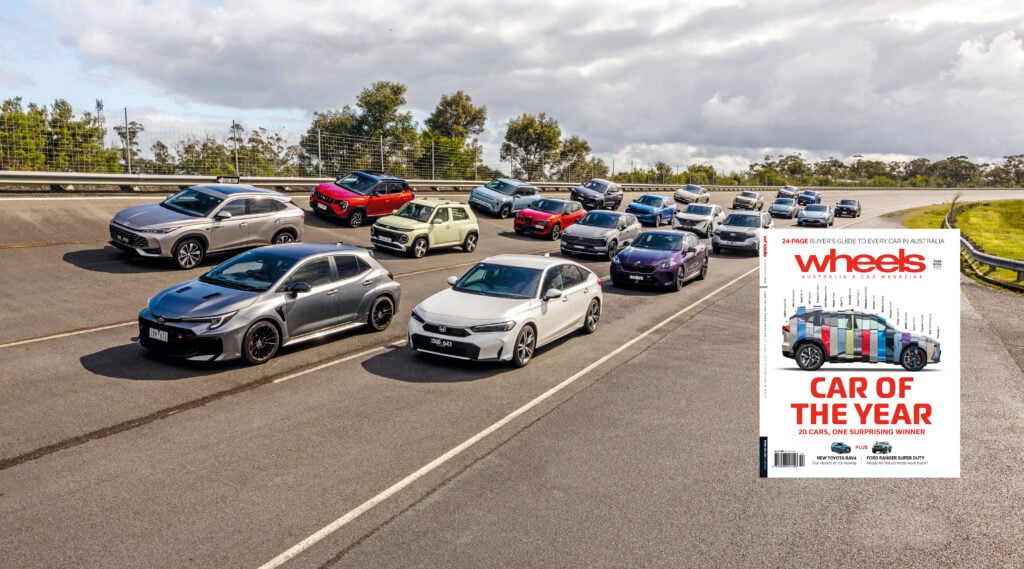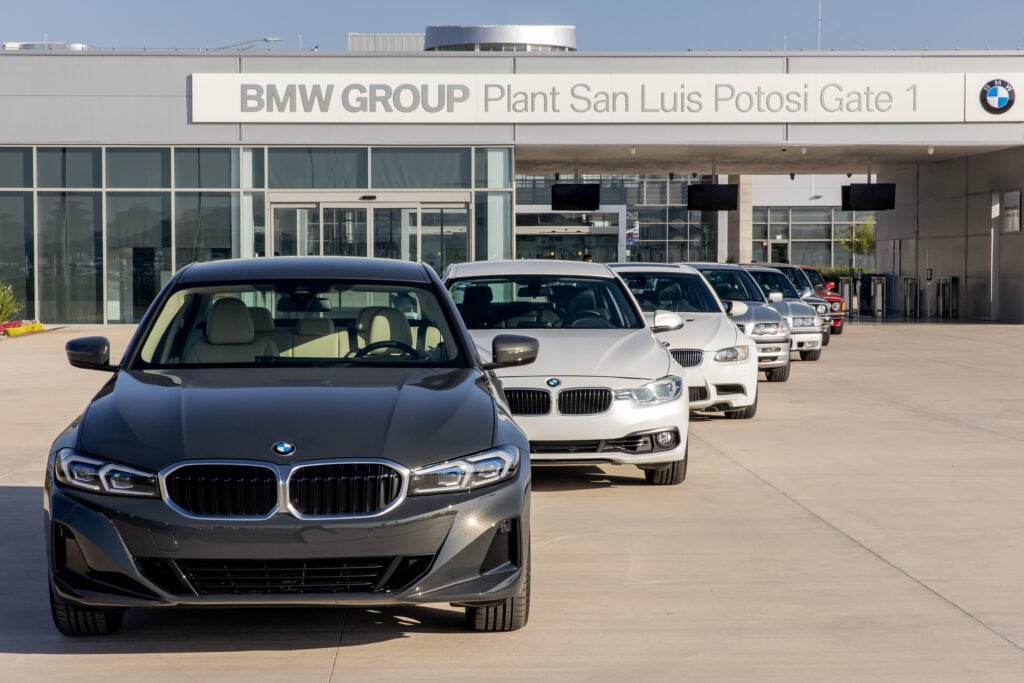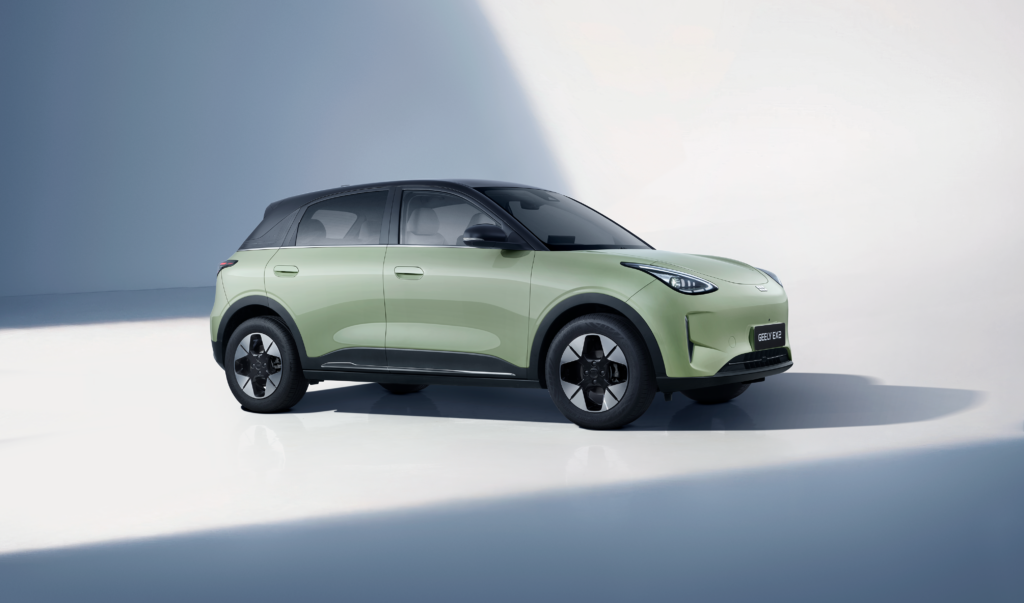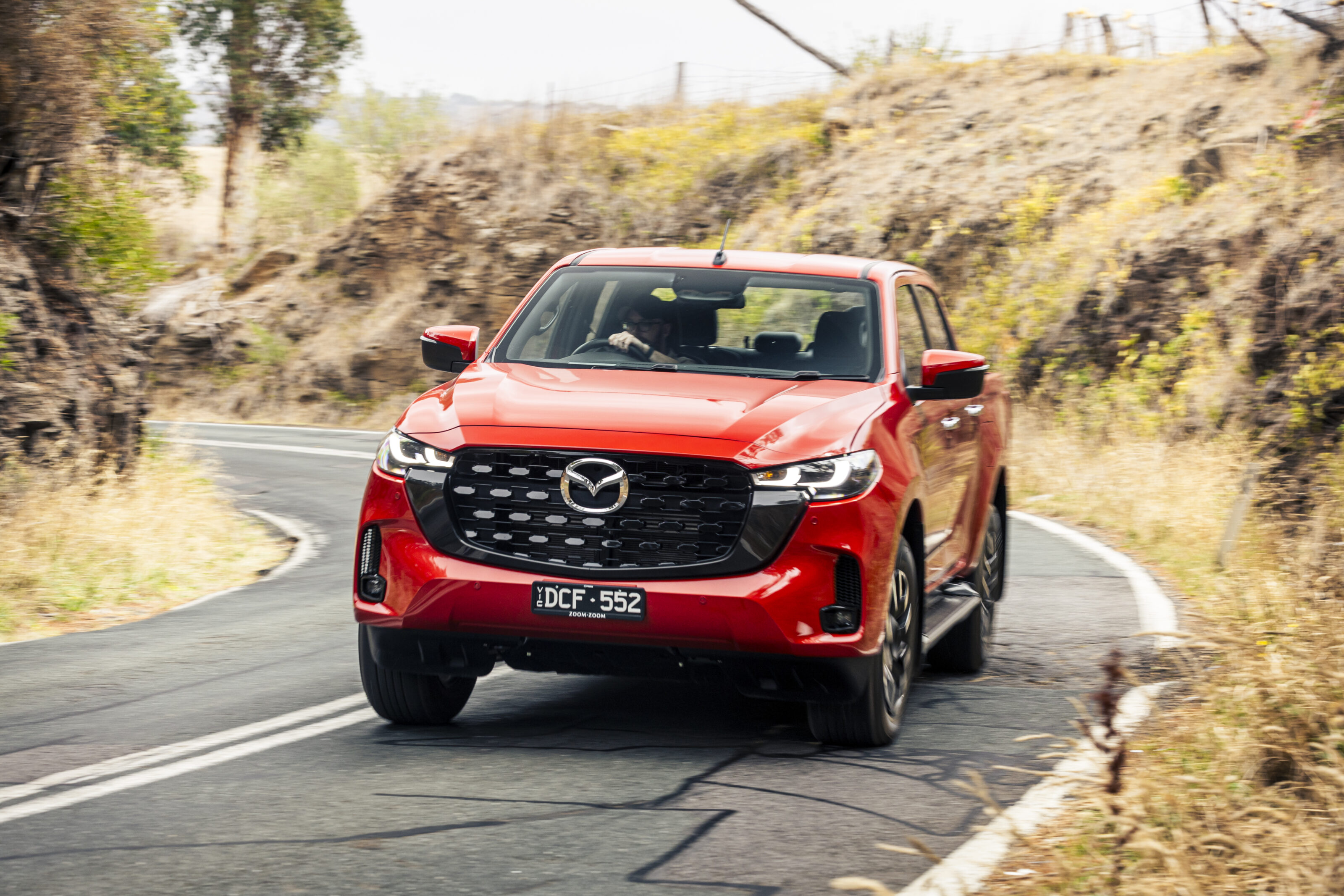
Ford F-150
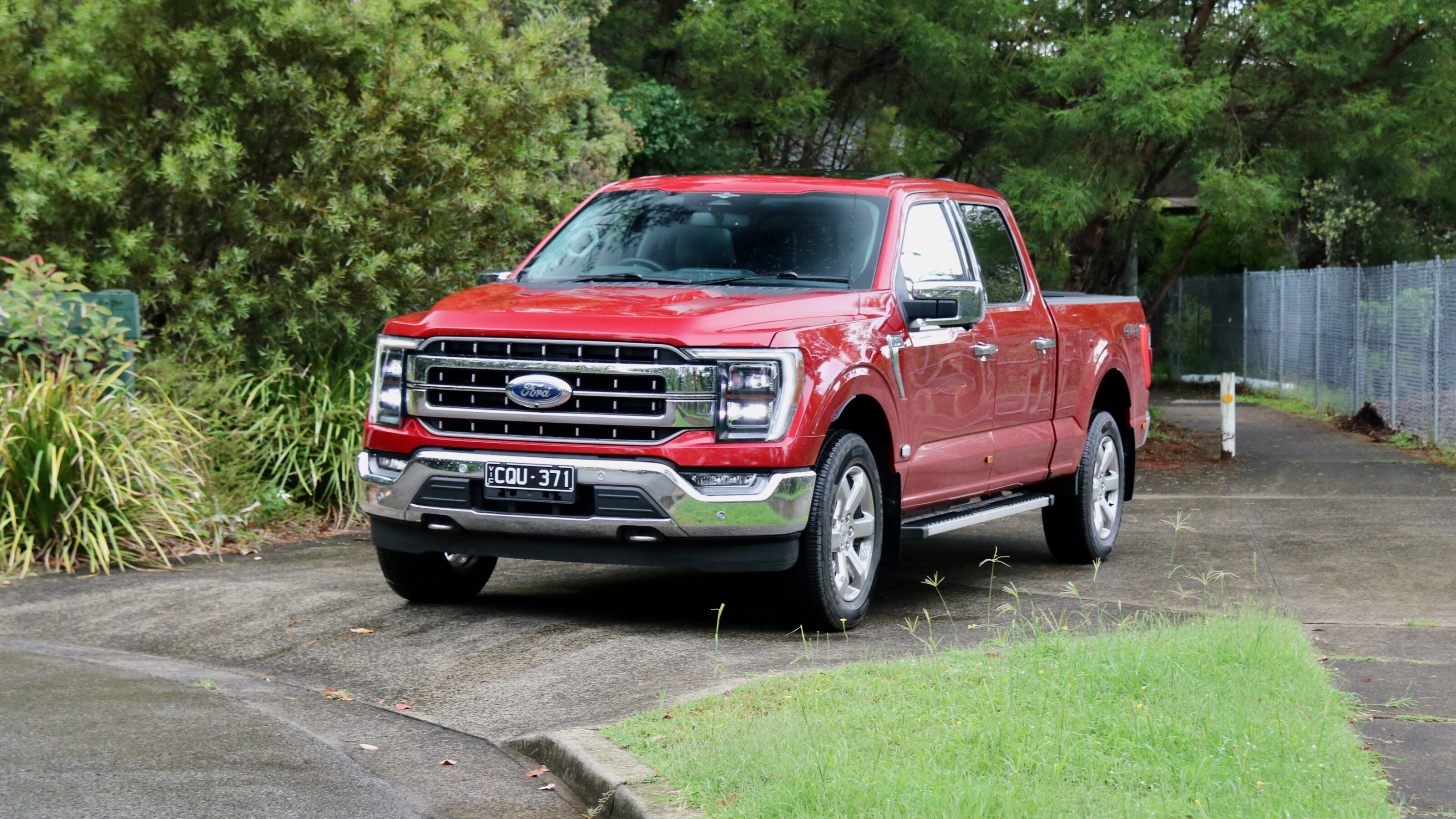
It’s been delayed until mid-2025, but the facelifted Ford F-150 will hit local shores this year. As before, it’ll be converted to right-hand drive locally by RMA Automotive and continue to feature a 298kW/678Nm 3.5-litre twin-turbo V6 as the only available engine.
Changes include a restyled front and rear and 12.0-inch infotainment and instrument screens right across the range (currently 8.0-inch in XLT). Speaking of the range, it’s yet to be confirmed but expect a flagship Platinum to join the current XLT and Lariat.
Another new option is the Pro Access Tailgate, which incorporates a swing door into the fold-down tailgate to allow easy access to the bed. Pricing will be revealed closer to launch.
Ford Ranger PHEV
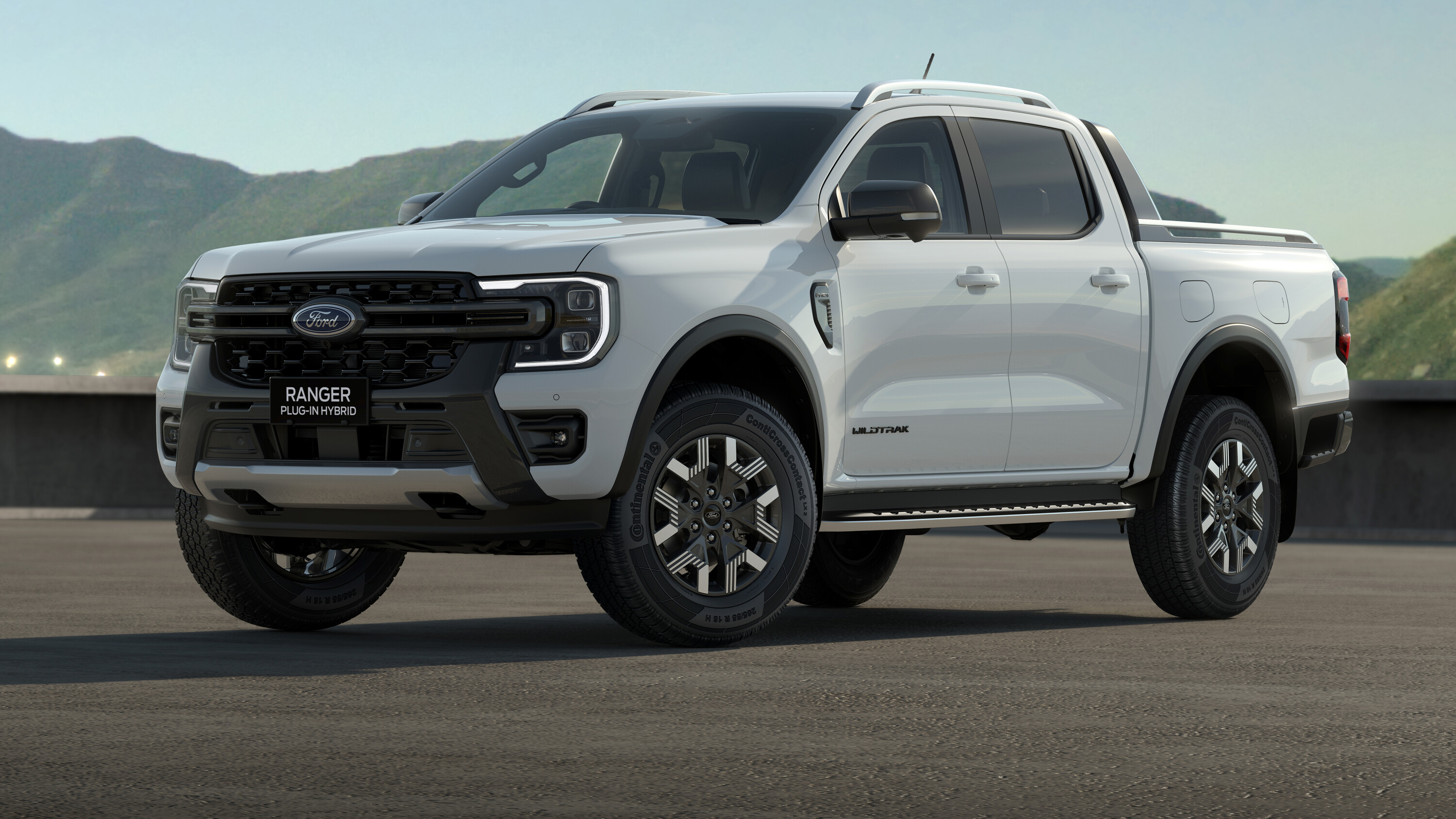
The Ford Ranger PHEV will join Australia’s growing electrified dual-cab segment in 2025 and we can now put a price to it. A four-strong line-up starts at $71,990 plus on-road costs for the XLT, raising in $4000 increments for the Sport and Wildtrak then jumping to $86,990 for the range-topping Stormtrak.
Equipment levels essentially mirror each variant’s diesel equivalent, with the obvious exception of the powertrain. The Ranger PHEV combines a 138kW/411Nm 2.3-litre turbocharged four-cylinder petrol engine with a 75kW electric motor for a total system output of 207kW/697Nm.
Claimed combined fuel consumption is 2.9L/100km and an 11.8kWh battery (usable) provides a maximum electric-only range of 49km. Charge time is four hours at the maximum AC rate of 3.5kW or just under seven hours on your typical powerpoint. The battery also feeds a trio of power outlets, a 2.3kW cabin outlet and a pair of 3.45kW outlets in the tray.
Maximum towing remains 3500kg and payload varies between 808-973kg depending on variant. The only question left now is how it drives.
Foton Tunland
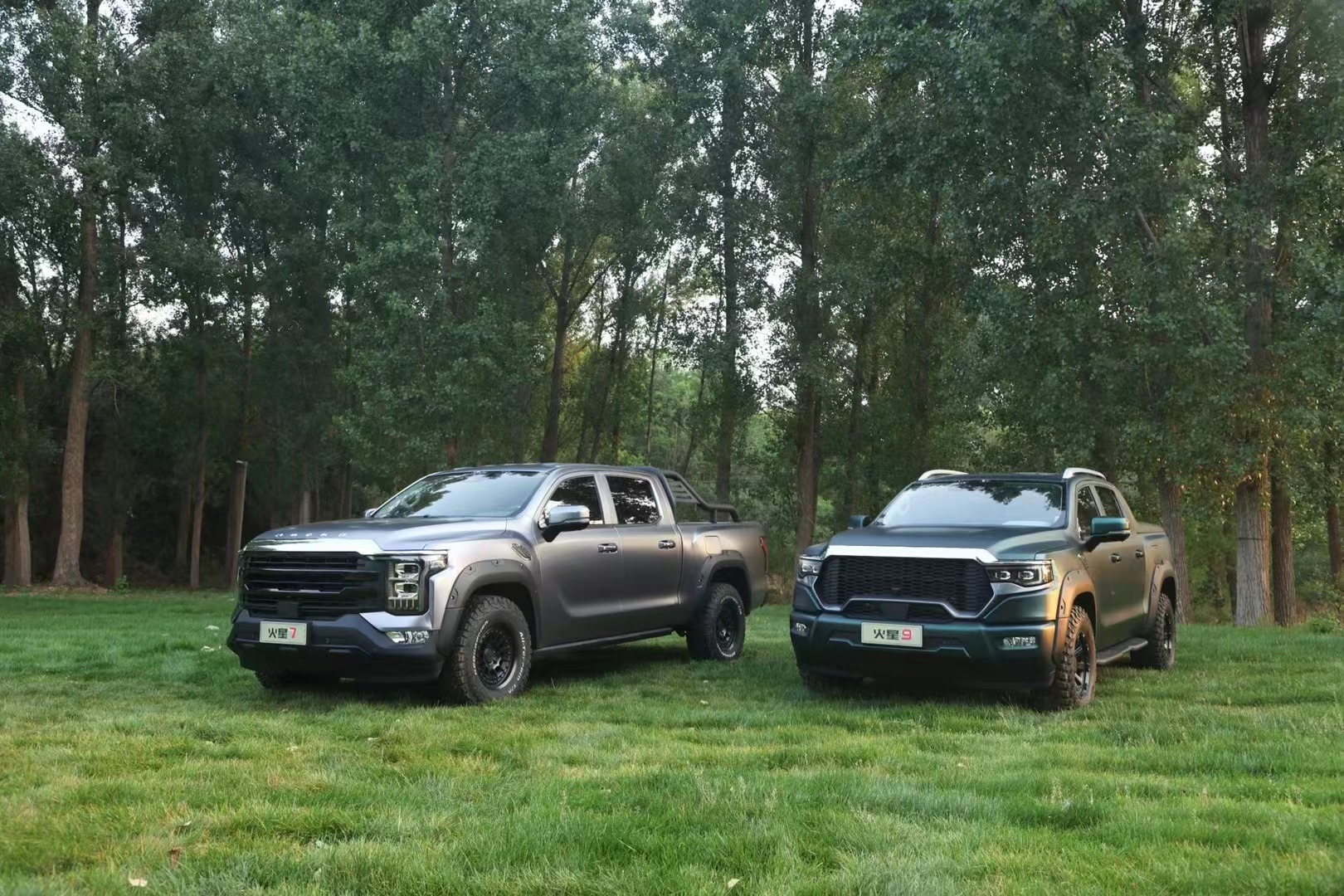
The Foton Tunland is a familiar nameplate in Australia but the new-generation dual-cab, offered in V7 and V9 variants, couldn’t be further from the bargain basement ute that was previously available a decade or so ago.
Concrete local details are currently scarce, but we do have some information. For starters, the V7 and V9 – the utes appear to be differentiated only by their exterior styling – are enormous.
Even the smaller versions measure 5517mm long with a 3355mm wheelbase, substantially longer than a Ford Ranger in both dimensions, while the larger versions expected to be offered locally are much closer to the Ford F-150, Toyota Tundra et al at 5797mm long on a 3505mm wheelbase.
The interiors are packed with leather, giant screens and extensive equipment lists, Foton claiming in a statement “an intelligent cockpit, plush seating and luxurious finishes that prioritise occupant’s comfort on every journey”.
Powertrains are currently the big unknown, the Tunlands offered with a 2.0-litre four-cylinder mild-hybrid turbodiesel in South Africa but with electrically-assisted petrols in its Chinese homeland. Expect pricing to significantly undercut the established players.
Geely Radar
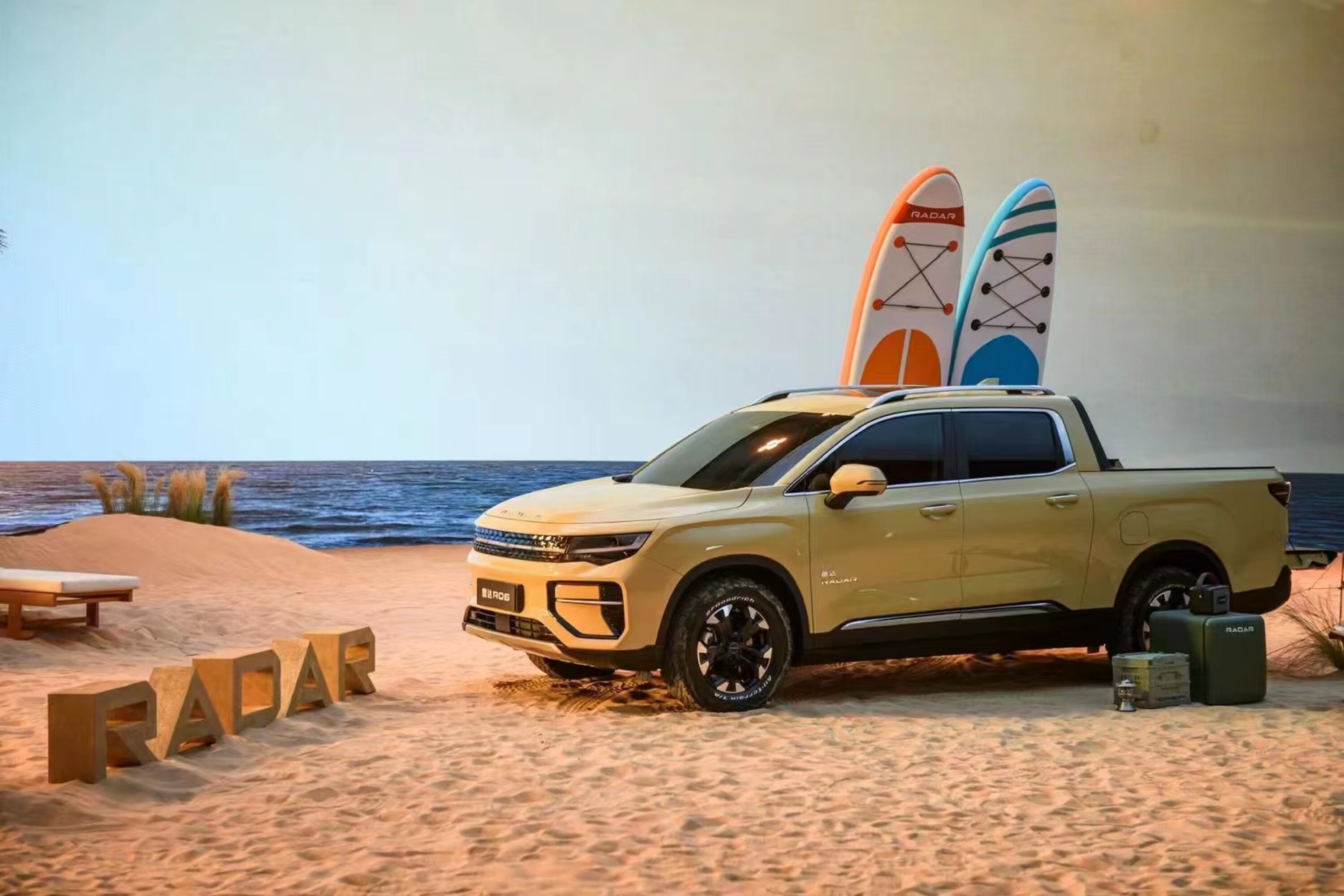
Geely has reestablished an Australian presence with the EX5 SUV, but it’s already confirmed plans to expand its local lineup with a ute. A ute with a difference, however.
The most likely candidate is the Radar RD6, known as the Riddara RD6 in export markets, an all-electric dual-cab built on a monocoque platform rather than a more traditional ladder-frame chassis.
Despite this, the RD6 4×4 claims a maximum towing capacity of 3000kg and 865kg payload along with an 815mm wading depth and 225mm of ground clearance, making it more than just a city slicker.
The Riddara RD6 – which would likely be rebadged a Geely in Australia – is already produced in right-hand drive for Thailand, where it’s also offered in rear-wheel drive form with a choice of 63kWh or 86kWh battery packs.
GWM Cannon Alpha – Out Now

A bigger brother to the existing Cannon, the GWM Cannon Alpha is a two-tier proposition. The big rig – measuring 5455mm long, 1991mm wide and 1924mm tall – is offered from $51,990 driveaway with a 135kW/480Nm 2.4-litre four-cylinder turbodiesel, but it’s also part of the new wave of electrified utes arriving in Australia.
The Cannon Alpha Hybrid is $64,990 driveaway and teams a 2.0-litre four-cylinder turbo-petrol engine with an electric motor and small lithium-ion battery for combined outputs of 255kW/648Nm. Claimed combined fuel consumption is 9.8L/100km.
There’s plenty of equipment, diff locks front and rear and 3500kg towing capacity, but maximum payload is only 735kg. It’s triple sevens in terms of aftersales, with seven years’ coverage for warranty, roadside assistance and capped-price servicing.
GWM Cannon Facelift – Out Now
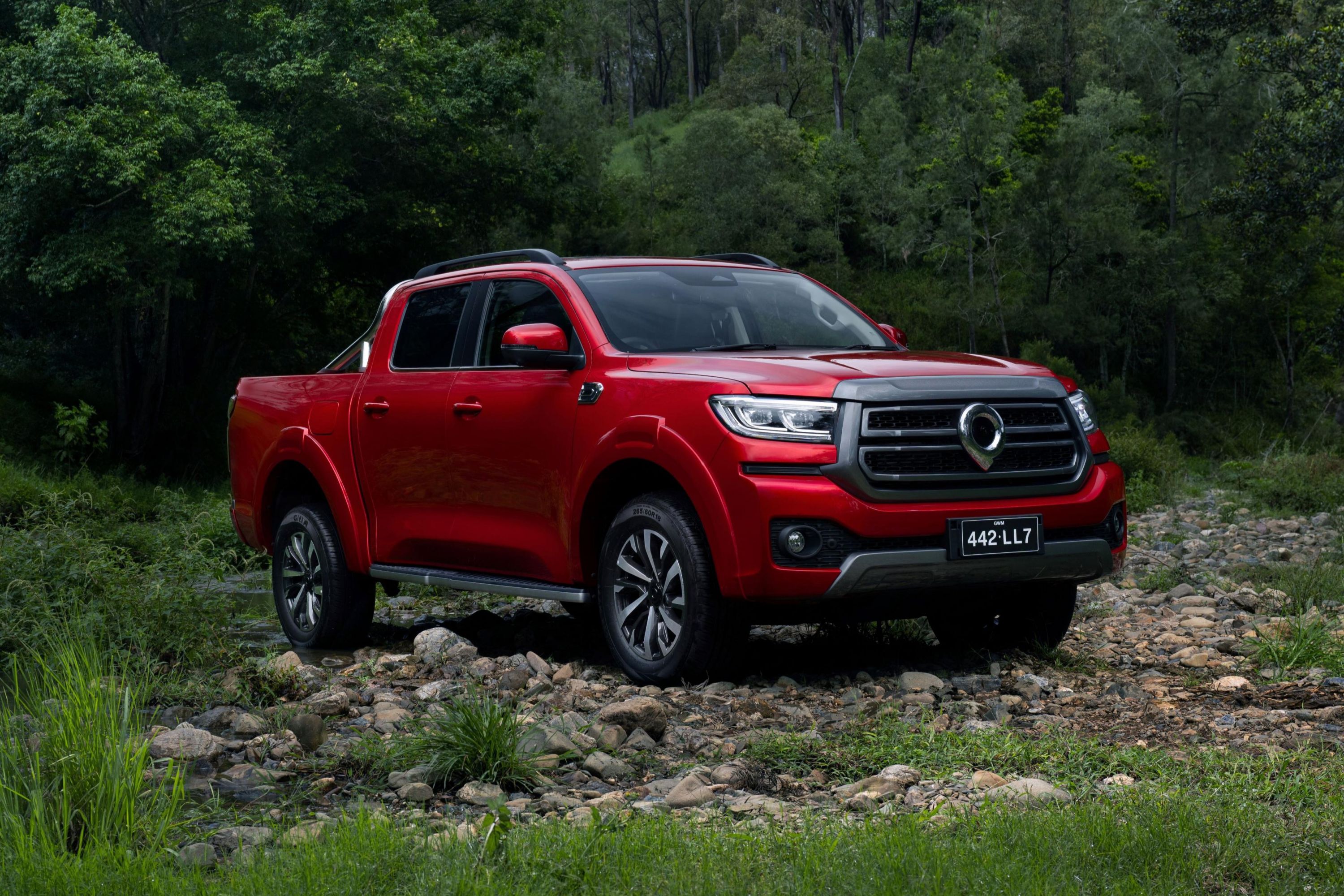
The upgrades for the new GWM Cannon have been comprehensive to say the least. As well as visual revisions that eliminate a lot of the gaudy chrome, there’s now a 2.4-litre turbodiesel and nine-speed auto combo, increasing outputs from 120kW/400Nm to 135kW/480Nm.
Inside there are new screens, a flip-or-fold rear seat, cooled wireless phone charger and plenty of kit, especially towards the top of the range, while maximum towing capacity has increased to 3500kg and the seven-year warranty/five-year roadside assistance combo carries over.
One thing that hasn’t changed – or at least not much – is the pricing. The rationalised four-tier range starts at $40,490 driveaway for the Lux, rising to $43,490 for the Ultra, $45,490 for the Vanta and $49,990 for the off-road focused XSR.
Ineos Grenadier Quartermaster – Out Now

The Ineos Grenadier lineup has doubled with the arrival of the Quartermaster ute. It lengthens the wheelbase by 305mm and adds a tray capable of accommodating a 1200 x 800mm European pallet. Maximum payload is 907kg for the petrol and 832kg for the diesel.
Pricing is very similar to the wagon starting at $102,000 plus on-road costs for the cab-chassis or $105,000 with a tray fitted, rising to $118,000 (+ORCs) for the Trialmaster and Fieldmaster variants.
Mechanically, the ute mirrors the wagon, with coil-sprung live axles front and rear and a choice of BMW-sourced 3.0-litre inline-six petrol (210kW/450Nm) or diesel (183kW/550Nm) engines with a ZF eight-speed automatic gearbox.
JAC T9 – Out Now
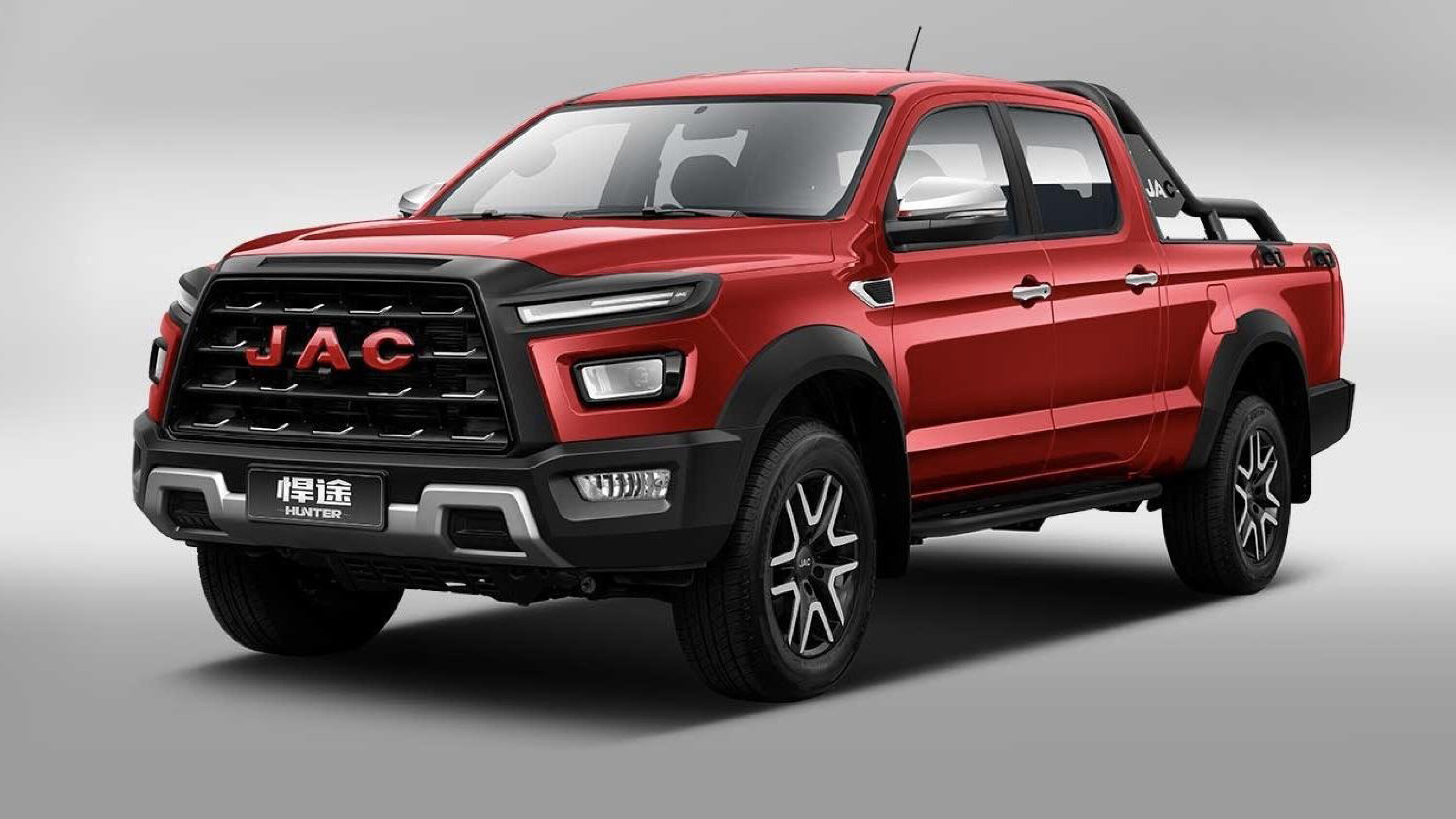
As the established dual-cab players have increased in price, it’s created space for new entrants to slot in underneath, like the GWM Cannon, LDV T60 and new JAC T9. It’s landed in Australia starting at $42,662 plus on-road costs rising to $45,630 (+ORCs) for the up-spec Haven.
There’s no arguing with the value proposition, with plenty of equipment, a five-star ANCAP safety rating, seven-year warranty and roadside assistance and a large tub. Max towing is slightly below the class leaders at 3200kg but there’s up to 1045kg of payload available.
Under the bonnet is a 120kW/410Nm 2.0-litre four-cylinder turbodiesel attached to an eight-speed automatic with claimed combined fuel consumption of 7.6L/100km. There’s disc brakes front and rear and a locking rear differential for added traction off road.
Jeep Gladiator
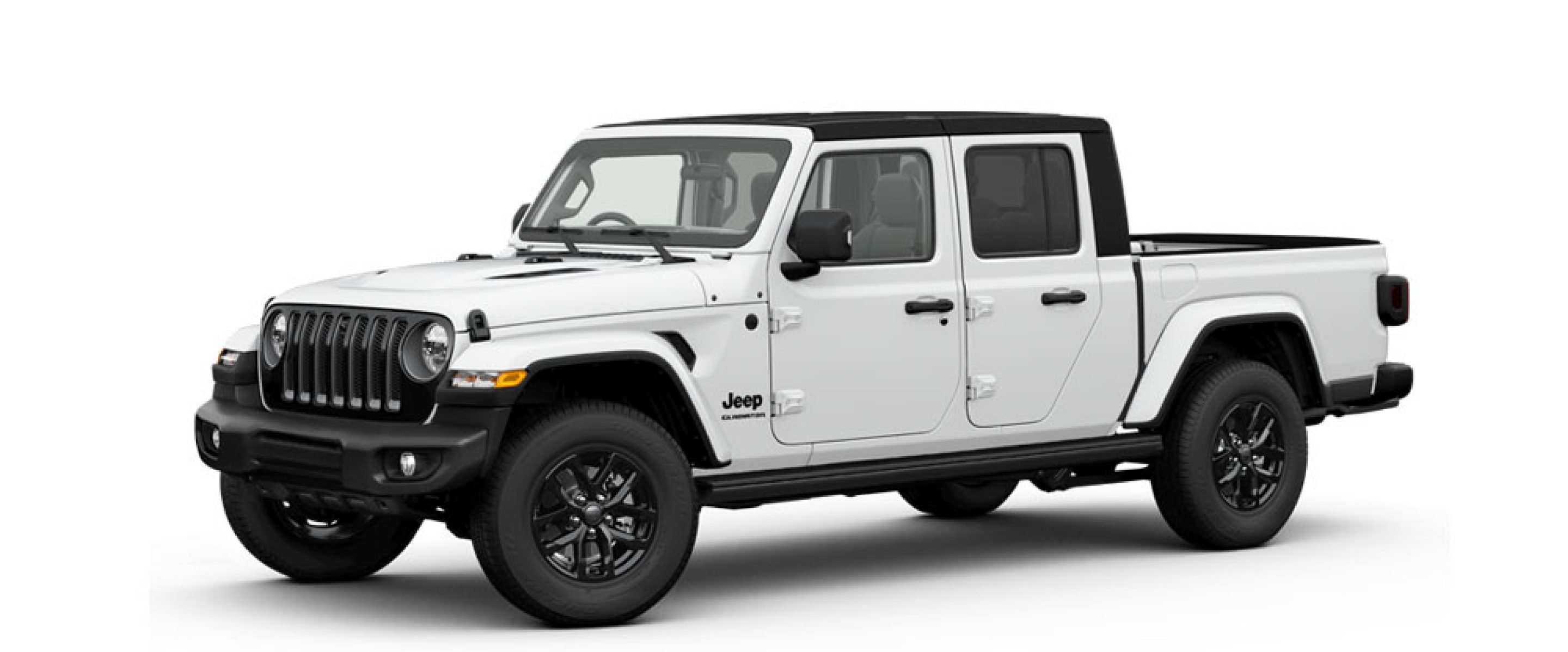
Unlike its Wrangler sibling, the facelifted Jeep Gladiator will continue with the 209kW/347Nm 3.6-litre Pentastar V6 rather than downsizing to a 2.0-litre four-cylinder turbo-petrol.
It does, however, score the revised styling, updated interior with much larger (12.3-inch) infotainment system and additional safety equipment.
Kia Tasman
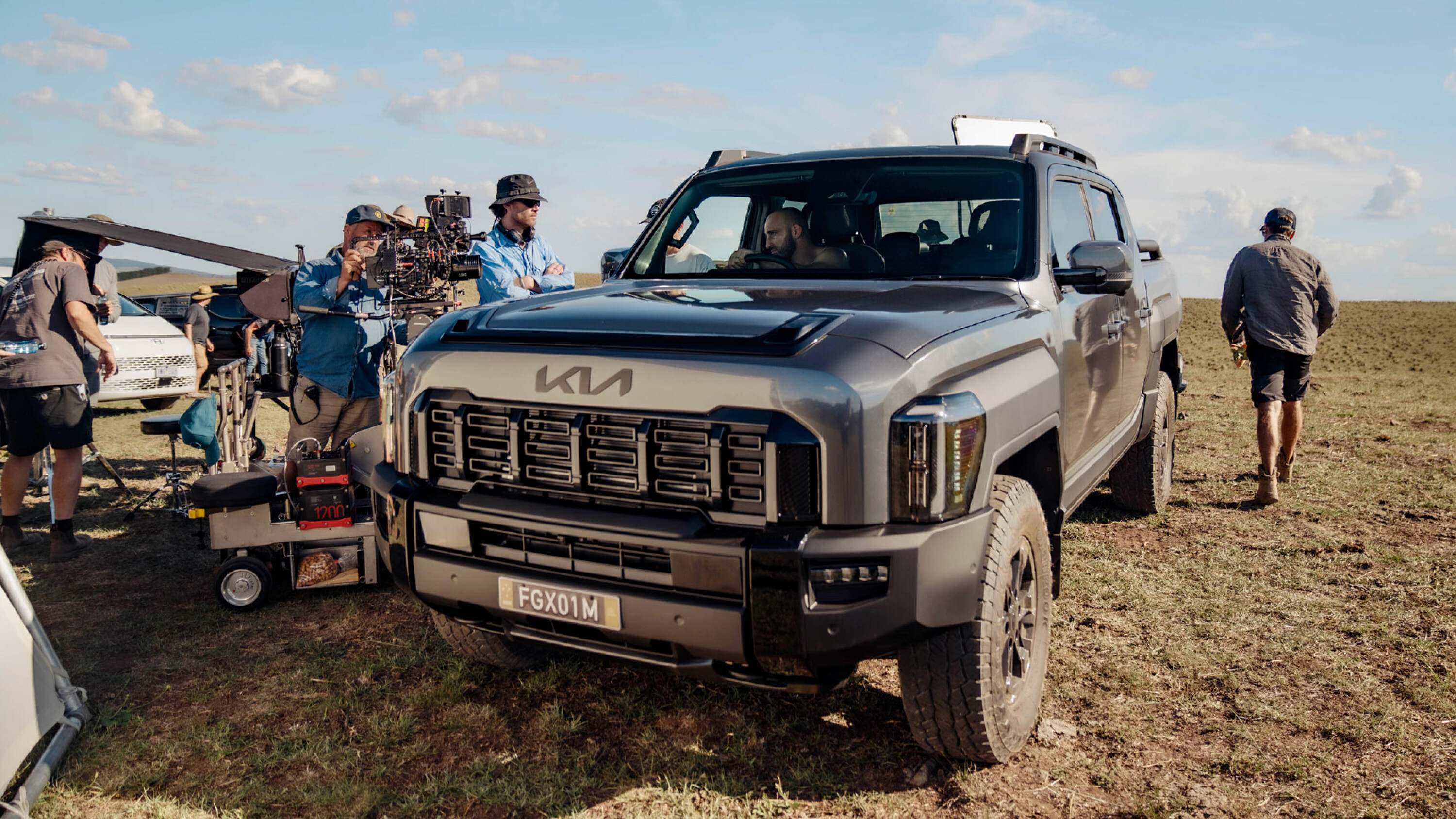
One of the most anticipated and hyped vehicle releases in recent memory, if all goes to plan the Kia Tasman will quickly entrench itself as one of Australia’s top 10 selling vehicles.
Kia hasn’t strayed too far from the class norm with the Tasman’s fundamentals, with a ladder-frame chassis, leaf-sprung, live axle rear end and a 2.2-litre four-cylinder turbodiesel engine producing 154kW/441Nm.
Three variants will be available, the base, X-Line and off-road focused X-Pro, the latter featuring 17-inch wheels with more aggressive tyres, extra ground clearance and an electronically locking rear differential.
Inside, Kia looks to offer a more car-like experience, with its familiar dual widescreen arrangement, extra storage bins, dual wireless charging pads and optional Harmon/Kardon stereo.
LDV eTerron 9 and Terron 9

The LDV eT60 was Australia’s first all-electric ute, but its forthcoming eTerron 9 will be a much more convincing proposition. Government approval documents have given us our first look at the specifications, with a rear-wheel drive model offering a single 200kW motor, while the all-wheel drive adds another 125kW on the front axle.
A more conventional Terron 9 will also be available using a 164kW 2.5-litre four-cylinder turbodiesel. Both Terrons will sit towards the larger end of the typical dual-cab sector, measuring 5500mm long, 1997mm wide and 1860mm tall on a 3300mm wheelbase.
Both models are expected to arrive in Q2, 2025 and will be sold alongside the existing T60.
Mazda BT-50 – Out Now

It’s nip-and-tuck time for the Mazda BT-50 with a mild exterior refresh covering bigger changes inside. Larger infotainment and instrument screens, wireless Android Auto (joining Apple CarPlay) and USB-C rather than -A ports headline the interior updates, while new stereo cameras enhance the ability of its active safety features.
Mechanically, it’s business as usual bar the addition of a ‘Rough Terrain’ mode that retains traction control when in low-range. Speaking of range, the BT-50 offering is extensive, from $36,400 (+ORCs) for a 1.9-litre 4×2 XS cab-chassis, right up to $71,500 (+ORCs) for the flagship SP.
Mitsubishi Triton Cab-Chassis
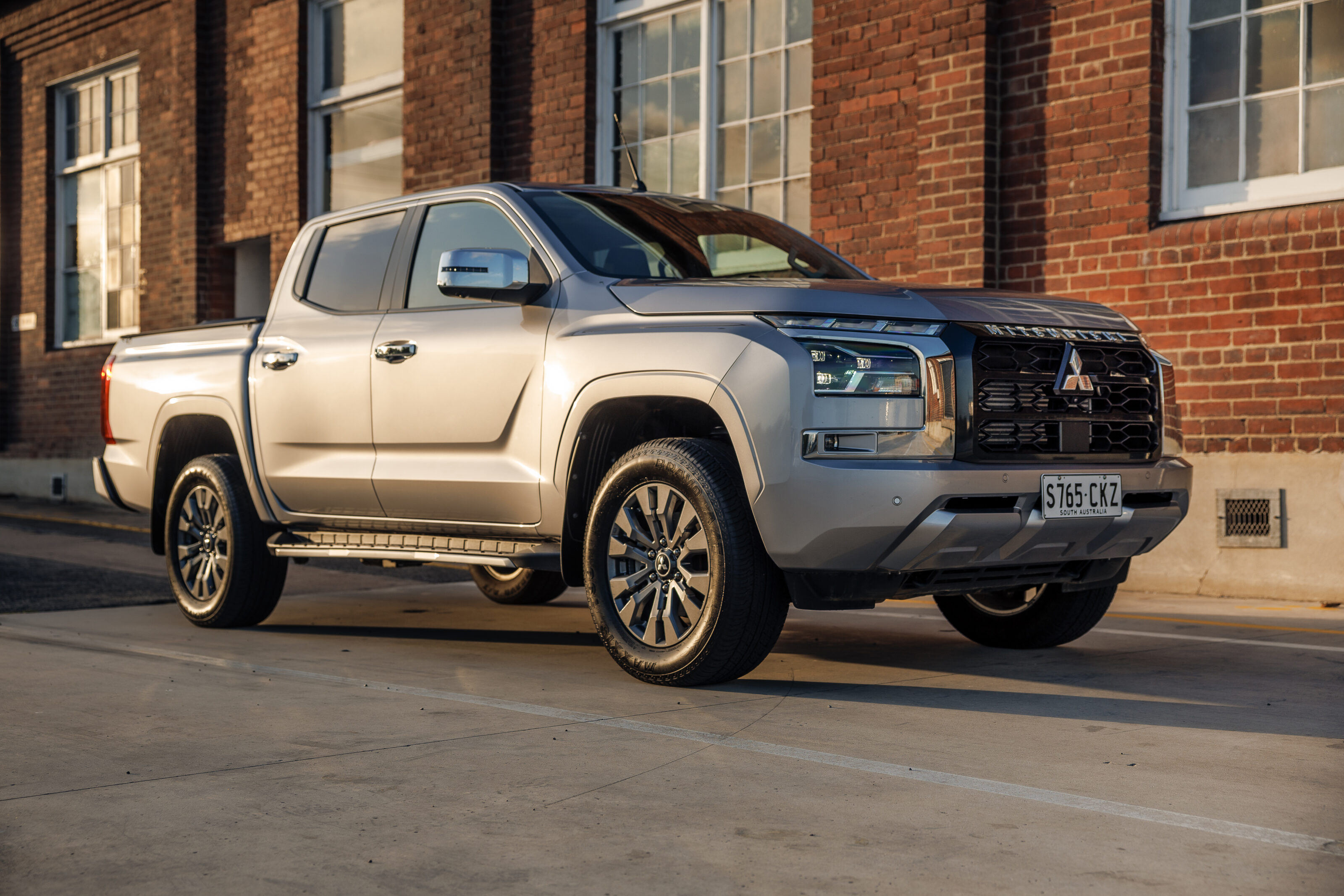
The Mitsubishi Triton range will expand with the arrival of cab-chassis variants towards the end of Q1, 2025. While officially unconfirmed, the range has been supplied to Redbook with the cab-chassis to be offered in GLX, GLX+, GLS and GSR guises.
Only 4×4 will be offered, with the GLX also introducing a six-speed manual to the range. This is the entry-level cab-chassis at $47,240 (+ORCs), with the GLX auto, GLX+, GLS and GSR offered at $49,490, $51,990, $57,540 and $61,540 respectively, with all prices exclusive of on-road costs.
MG U9
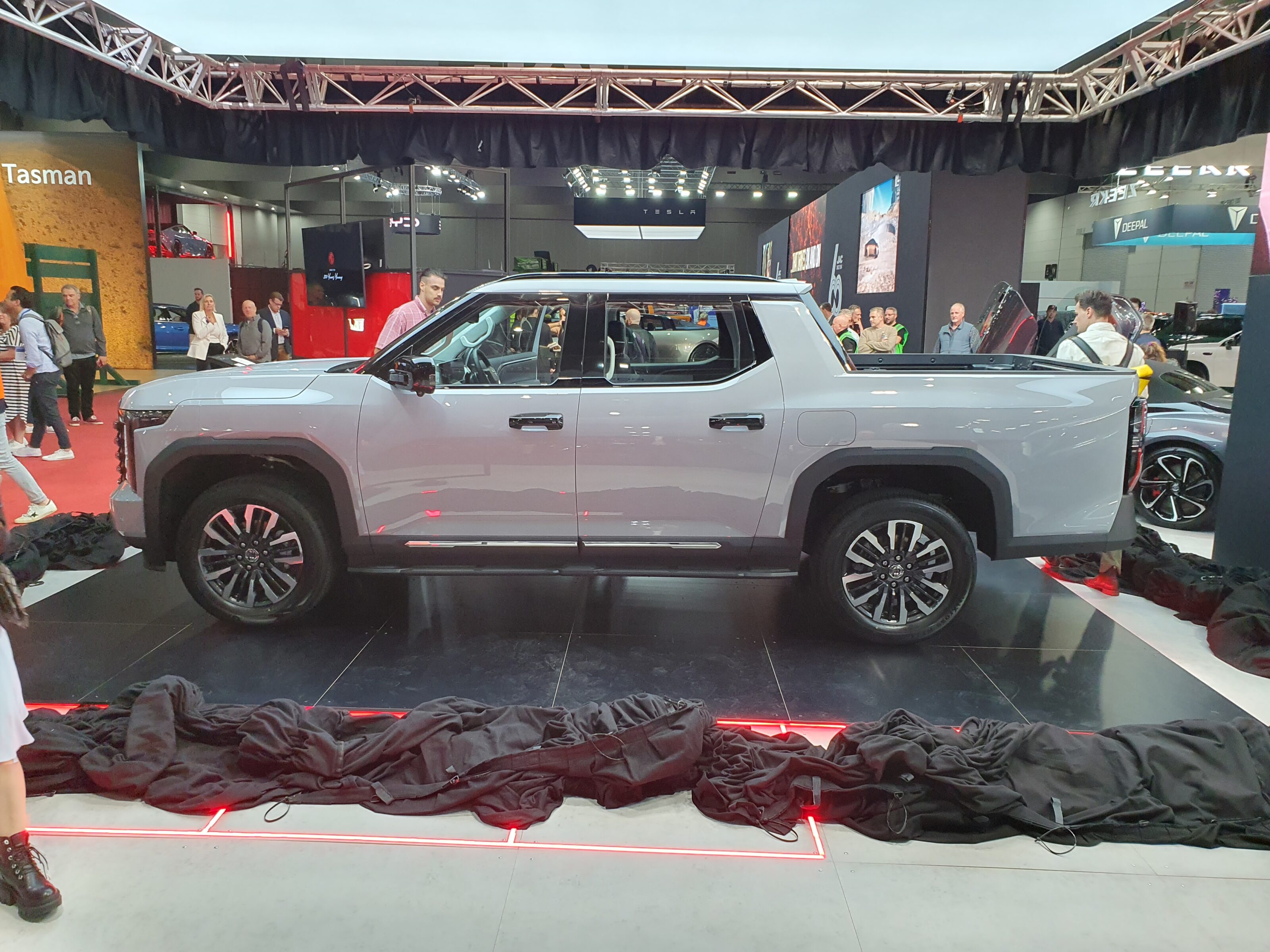
Announced at the Melbourne Motor Show, MG Motor Australia launch its highly anticipated U9 ute to arrive in Australian later in 2025.
The dual-cab, 2.5-litre, four-cylinder turbo-diesel U9, producing 160kW power and 520Nm of torque, is a milestone for the rejuvenated marque, which understands any self-respecting car brand in the Australian market must offer a commercial ute – the second-highest selling category in Australia.
The U9 will also be sold under the LDV brand as the Terron 9.
It will be backed by MG’s impressive 10-year/250,000km warranty.
RAM 1500
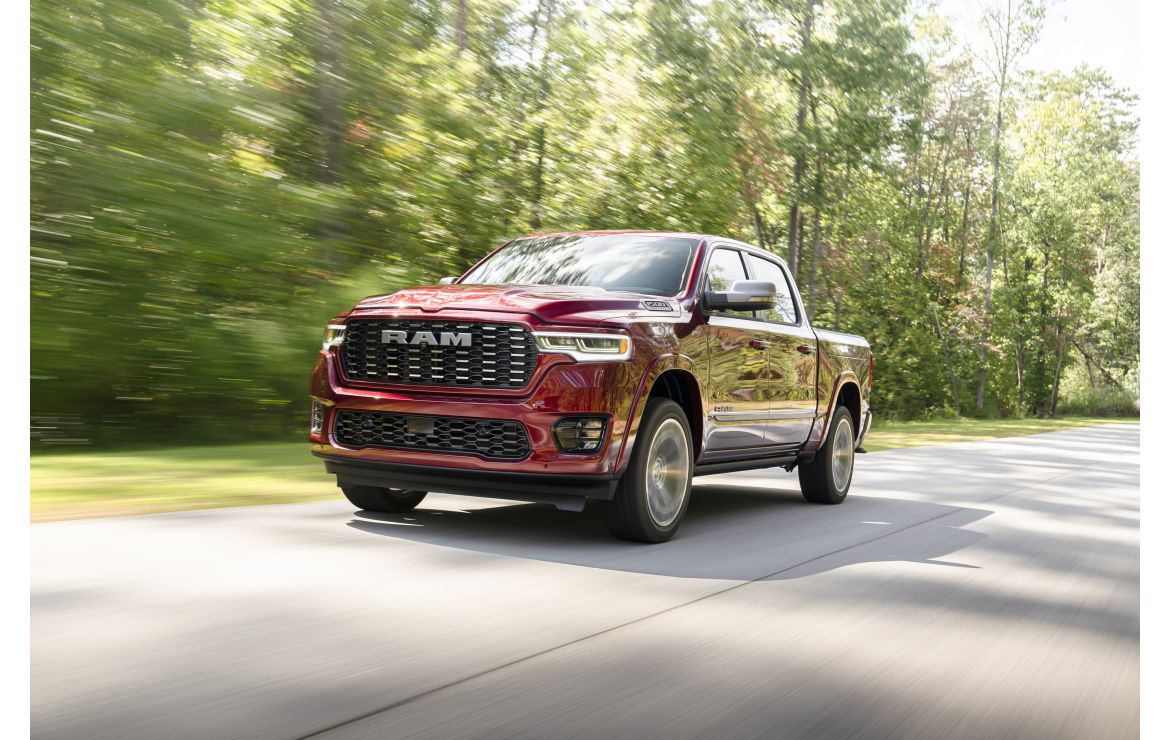
The big change with the arrival of the facelifted 2025 RAM 1500 will be under the bonnet. The long-serving and much-loved V8 is gone, replaced by the ‘Hurricane’ 3.0-litre twin-turbo V6, driving all four wheels via an eight-speed automatic gearbox.
In Big Horn (short- or long-wheelbase) and Laramie guise, it will produce 313kW/636Nm, while the flagship Limited will receive a high-output version of the engine developing 403kW/706Nm.
Pricing and exact specifications will not appear until closer to its local release, but the facelifted 1500 will be identifiable by revised styling and a new interior with a giant portrait infotainment screen of up to 14.5 inches and an optional 10.25-inch passenger display.
Toyota HiLux
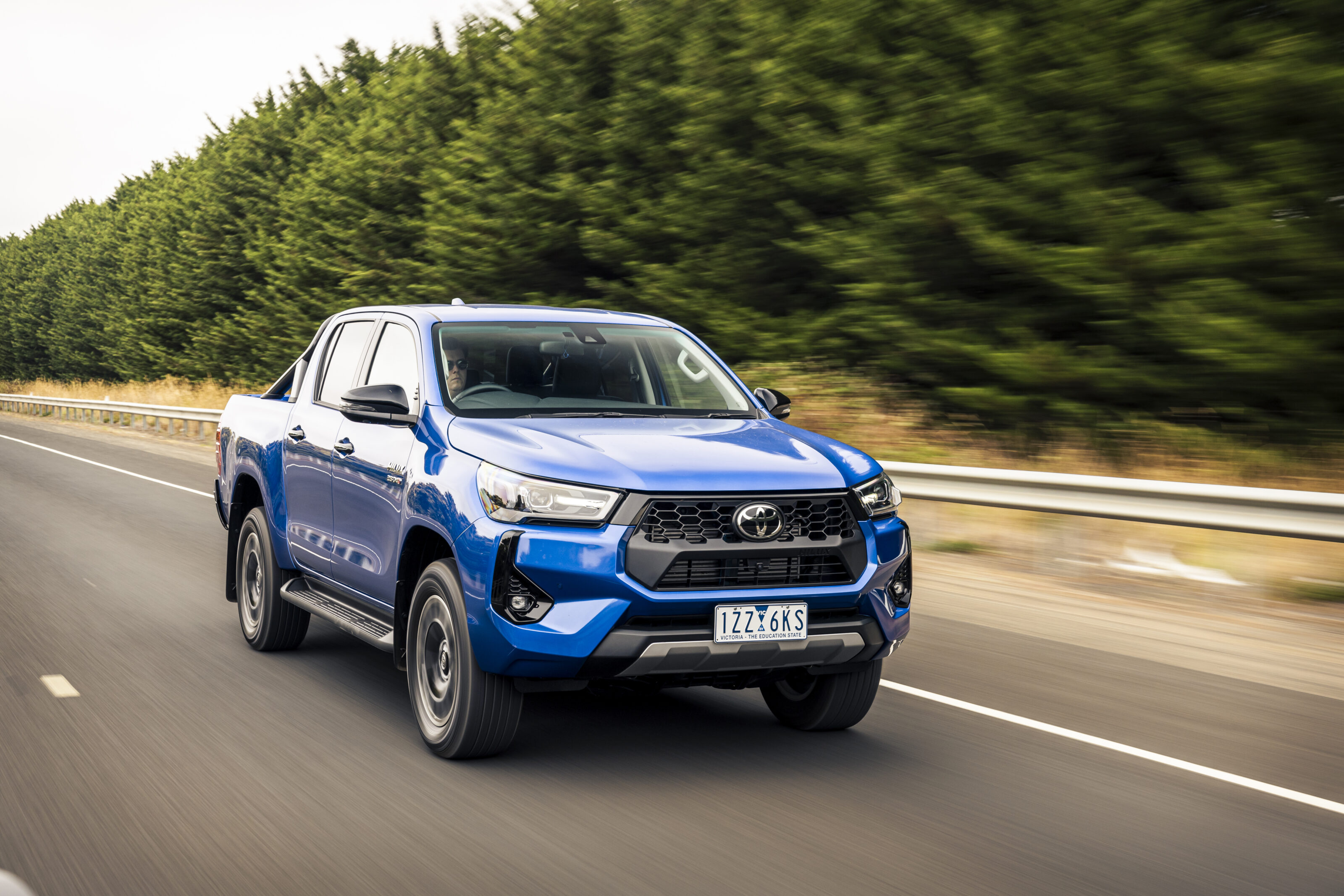
It’s unlikely to hit local shores until 2026, but 2025 should give us our first look at the new generation Toyota HiLux, replacing the eighth-generation that’s now been on-sale for a decade.
At this stage information is scarce but reports out of Japan suggest the new HiLux may actually be a heavily-revised version of the current car, retaining the IMV platform, rather than adopting the new TNGA chassis that underpins everything from the 300 Series to the Prado to the Tundra.
It’s likely to be a similar story under the bonnet, with the mild-hybrid version of the 2.8-litre four-cylinder turbodiesel continuing to do service, albeit with an eight-speed automatic rather than the current six-speeder.
Regardless, with another decade-long lifecycle, the ninth-generation HiLux will certainly adopt alternative powertrains, whether that be greater hybrid assistance, all-electric, hydrogen or all of the above.
Toyota Tundra – Out Now
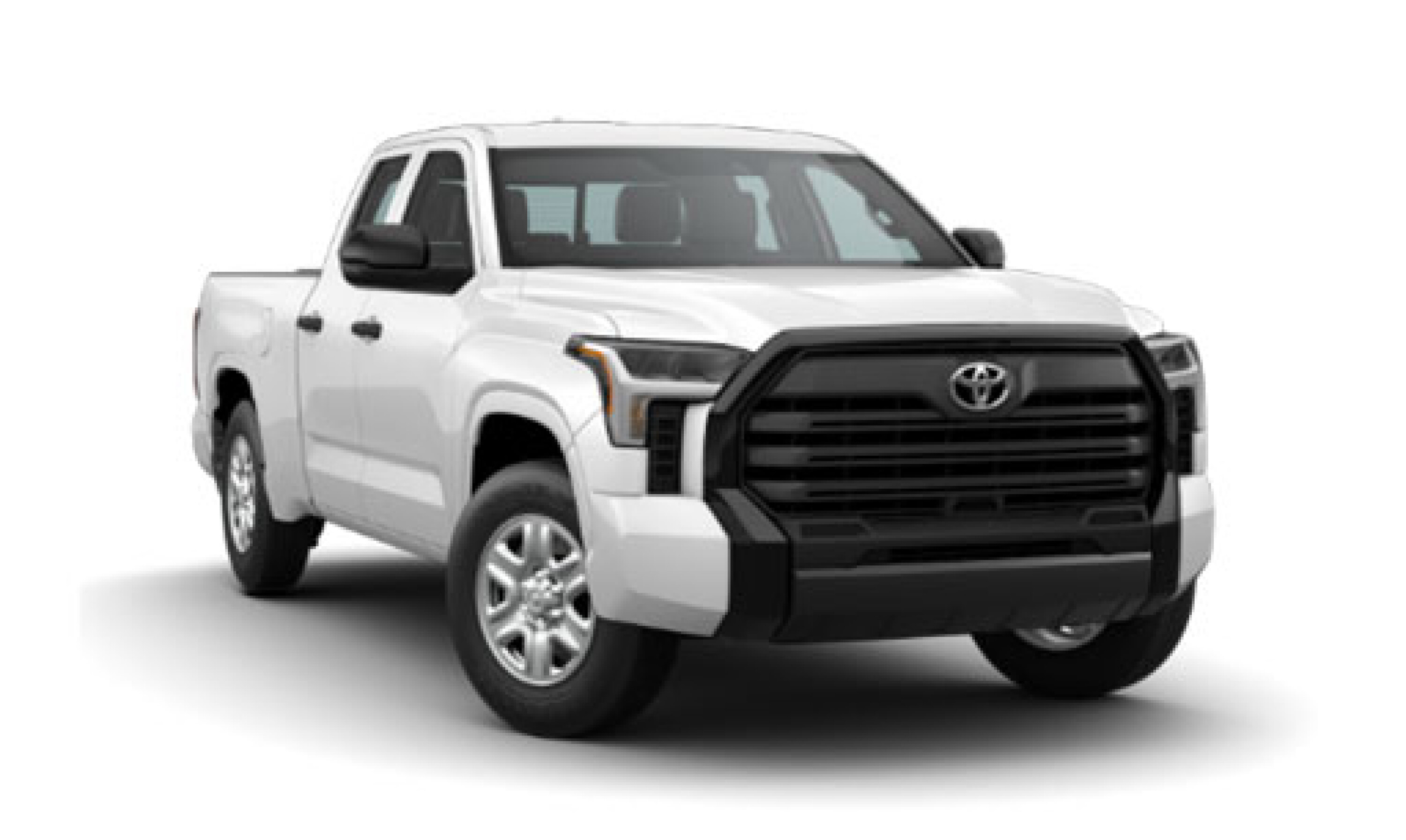
It’s had a protracted gestation, but the Toyota Tundra is now available to Australian customers, priced at $155,990 plus on-road costs.
Converted to right-hand drive by Walkinshaw Automotive using componentry from the 300-Series LandCruiser, the Tundra uses a hybrid-assisted 3.5-litre twin-turbo V6 to produce a combined 326kW/790Nm through a 10-speed automatic.
Its key advantage over smaller utes like the Toyota Hilux, Ford Ranger and Isuzu D-Max is a maximum braked towing capacity of 4500kg, though payload is limited to 736kg.
Inside, heated and ventilated leather seats, a 12-speaker stereo, dual-zone climate control, digital rear-view mirror and a pair of giant screens for the infotainment and instruments help justify the substantial price tag.



